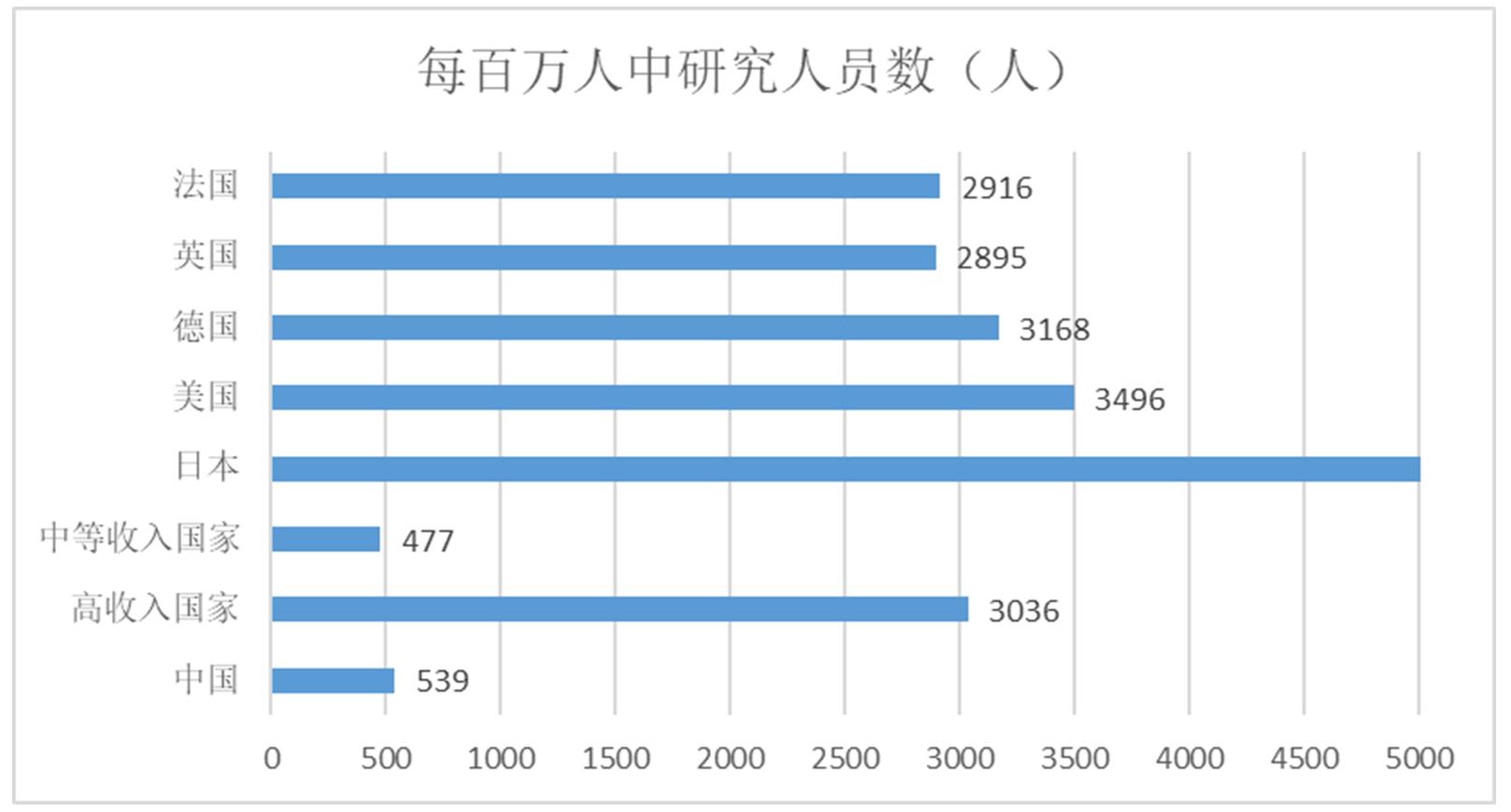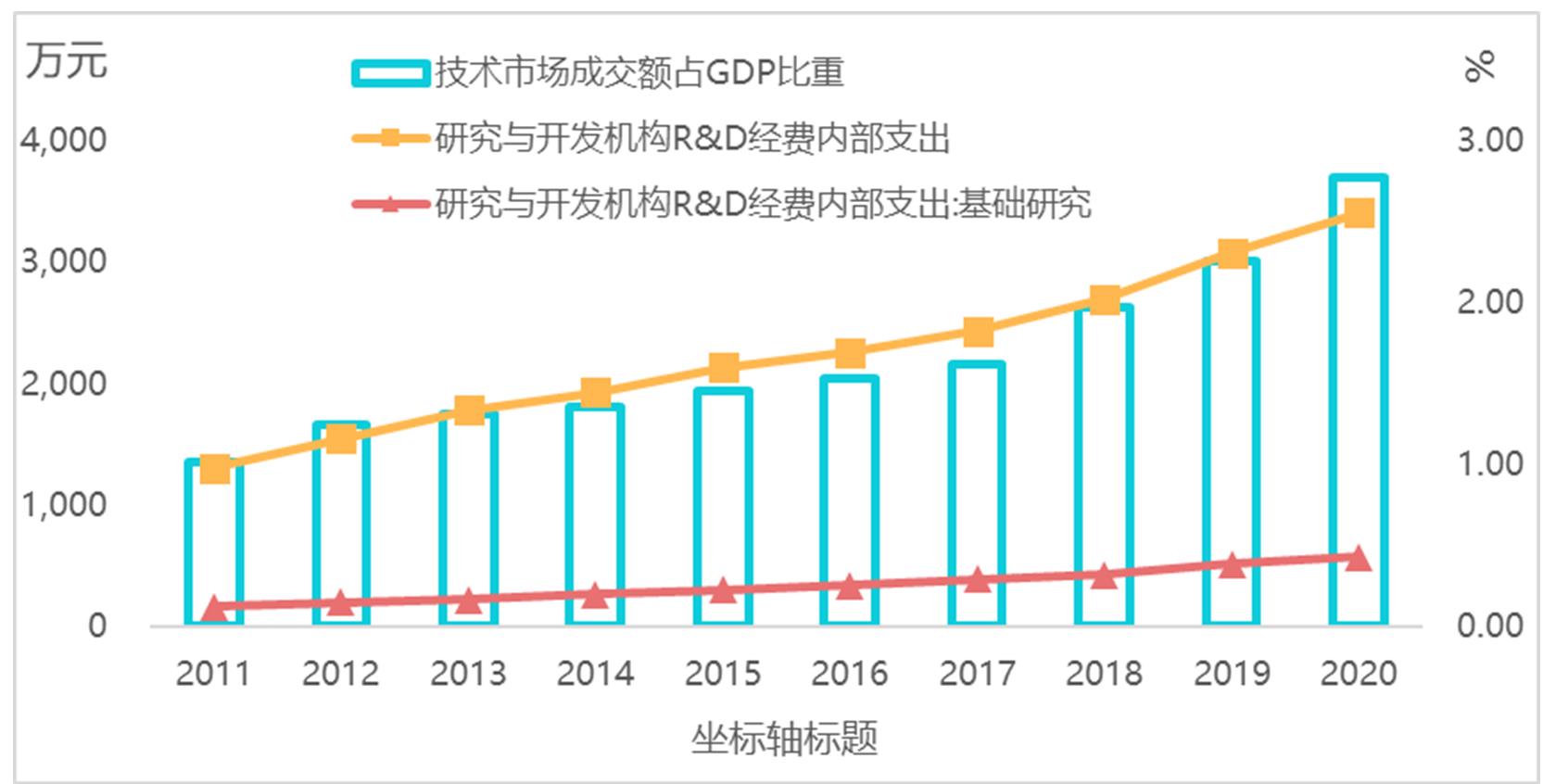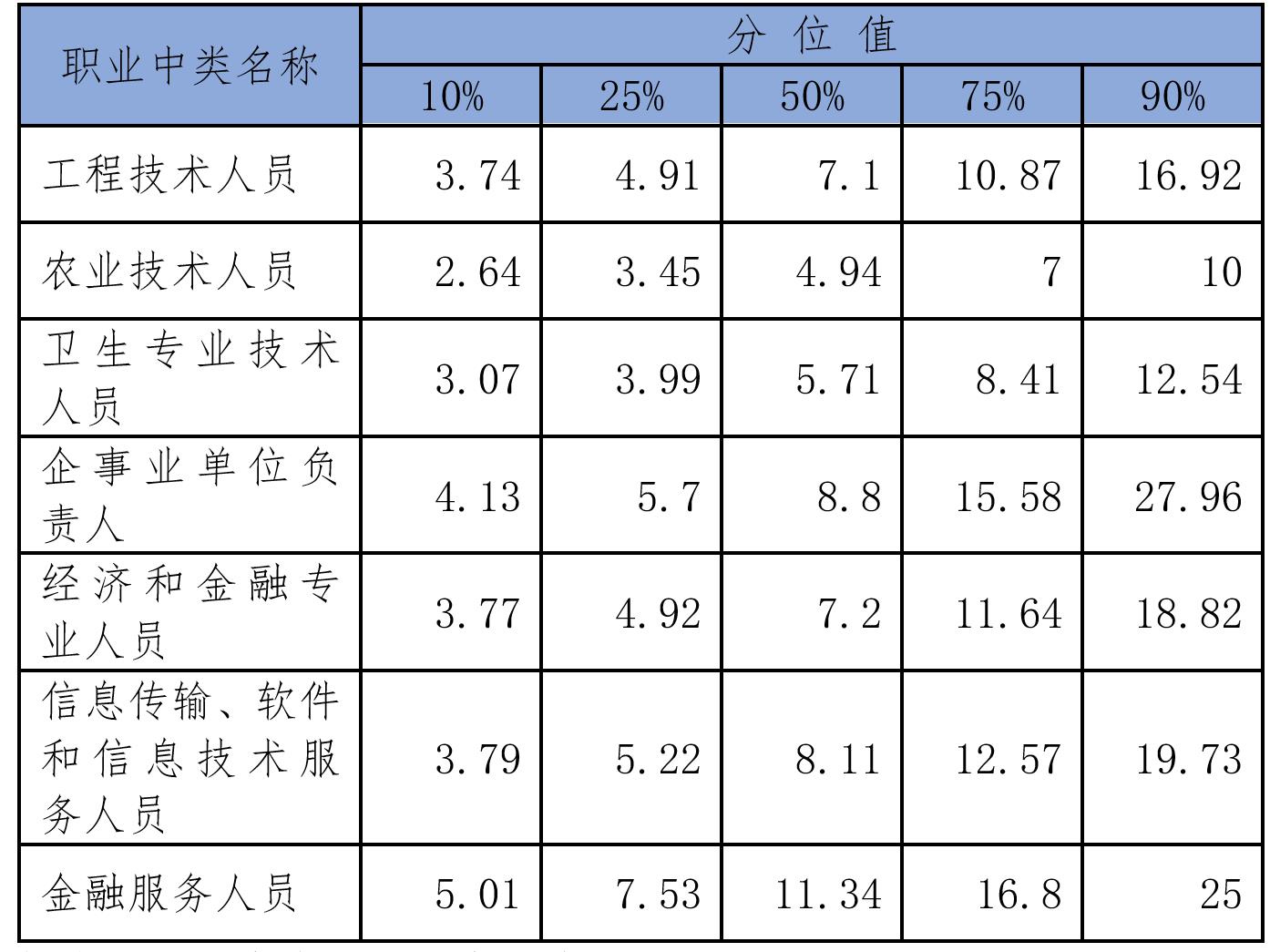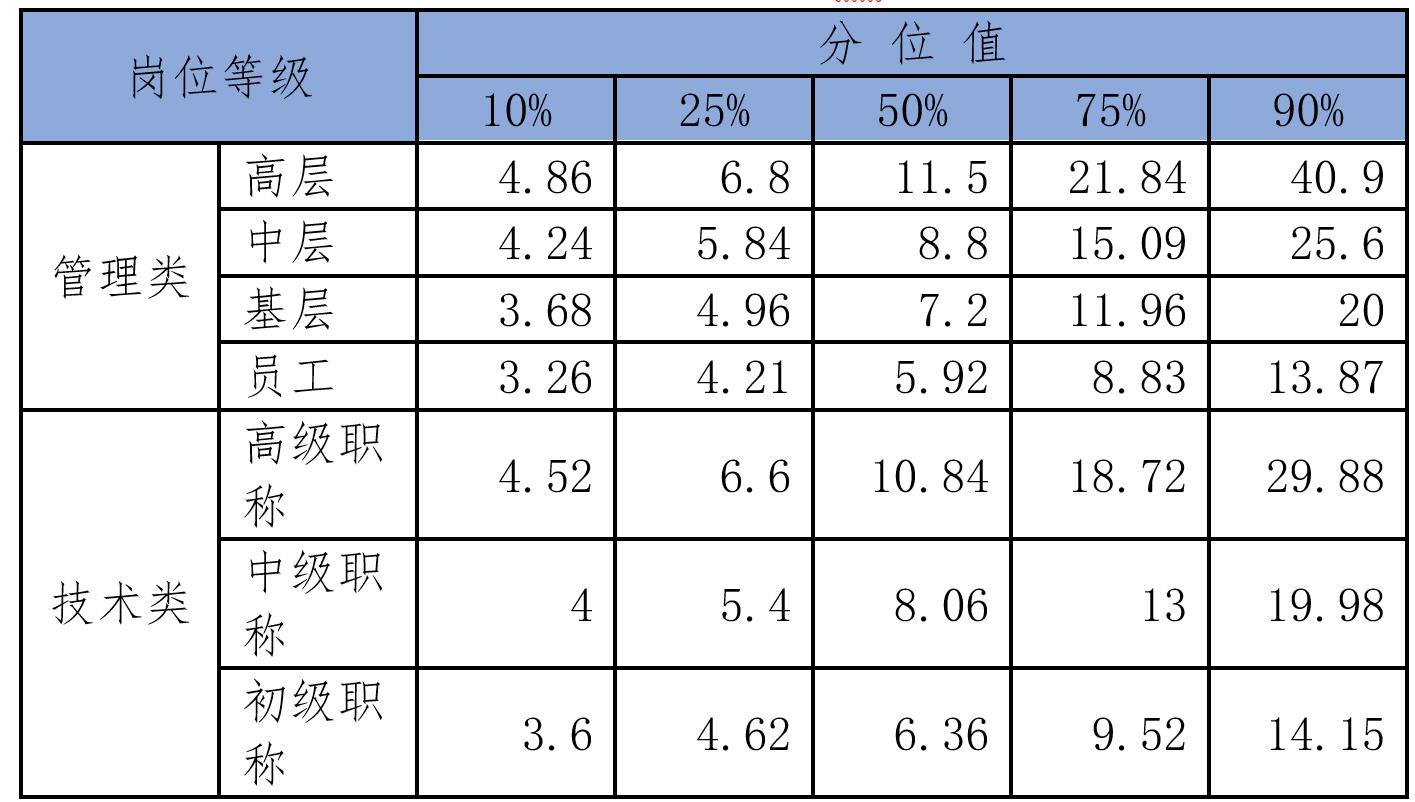Notice of the Ministry of Industry and Information Technology, the Ministry of Public Security, the Ministry of Housing and Urban-Rural Development, and the Ministry of Transport on the Pilot Work of Intelligent Networked Vehicle Access and Road Access
Ministry of Industry and Information Technology Unicom Zhuang [2023] No.217
Departments in charge of industry and informatization of all provinces, autonomous regions, municipalities directly under the Central Government and Xinjiang Production and Construction Corps, public security departments (bureaus), housing and urban-rural construction departments (bureaus, committees), transportation departments (bureaus, committees), communication administrations of all provinces, autonomous regions and municipalities directly under the Central Government, relevant automobile production enterprises, industry organizations and technical service institutions:
In order to implement the "Opinions on Strengthening the Access Management of Intelligent Networked Automobile Manufacturers and Products", promote the popularization and application of intelligent networked automobiles, and improve the performance and safe operation level of intelligent networked automobiles, According to the Road Traffic Safety Law of the People’s Republic of China, Network Security Law of the People’s Republic of China, People’s Republic of China (PRC) Data Security Law, People’s Republic of China (PRC) Safety Production Law, Regulations of the People’s Republic of China on Road Transportation, Measures for the Administration of Road Motor Vehicle Production Enterprises and Products Access, and Several Provisions on the Safety Management of Automobile Data (for Trial Implementation), the Ministry of Industry and Information Technology, the Ministry of Public Security, the Ministry of Housing and Urban-Rural Development and the Ministry of Transport decided to carry out the pilot work of intelligent networked vehicle access and road traffic. The relevant matters are hereby notified as follows:
I. General requirements
On the basis of intelligent networked automobile road test and demonstration application, the Ministry of Industry and Information Technology, the Ministry of Public Security, the Ministry of Housing and Urban-Rural Development and the Ministry of Transport selected intelligent networked automobile products with automatic driving function (hereinafter referred to as intelligent networked automobile products) with mass production conditions to carry out access pilots; For the intelligent networked automobile products that have obtained access, pilot projects will be carried out in a limited area. Vehicles used for transportation operations must meet the operational qualifications and operational management requirements of the transportation authorities. In this notice, the automatic driving function of intelligent networked vehicles refers to the three-level driving automation (conditional automatic driving) and four-level driving automation (highly automatic driving) functions (hereinafter referred to as the automatic driving function) defined by the national standard "Automobile Driving Automation Classification" (GB/T 40429-2021).
Second, the work objectives
Through the pilot work, we will guide intelligent networked automobile manufacturers and users to strengthen capacity building, promote the function and performance improvement of intelligent networked automobile products and the iterative optimization of industrial ecology under the premise of ensuring safety, and promote the high-quality development of intelligent networked automobile industry. Accumulate management experience based on pilot demonstration, support the revision of relevant laws, regulations and technical standards, and accelerate the improvement of intelligent networked automobile production access management and road traffic safety management systems.
Third, organize the implementation
(1) Pilot declaration
Automobile production enterprises and users form a consortium, refer to the implementation guide (Annex 1), make a declaration plan (refer to Annex 2 for the template), and after the people’s government of the city (including the jurisdiction under the municipality directly under the Central Government) agrees and seals it, voluntarily declare it to the local provincial-level industrial and information technology authorities. The city where the vehicle is to be operated should have the conditions of policy guarantee, infrastructure and safety management. The provincial department in charge of industry and information technology shall, jointly with the traffic management and network security department of the provincial public security organ, the housing and urban-rural construction department, the transportation department and the Communications Administration, review the application plan and submit it to the Ministry of Industry and Information Technology before December 20, 2023 (three copies of paper version and one copy of electronic CD). After the centralized declaration, the provincial department in charge of industry and information technology can submit a supplementary declaration plan to the Ministry of Industry and Information Technology according to the development of intelligent networked automobile technology and industry, pilot implementation and consortium declaration.
The Ministry of Industry and Information Technology, the Ministry of Public Security, the Ministry of Housing and Urban-Rural Development, and the Ministry of Transport organized experts to conduct a preliminary review of the application plan and select the consortium that entered the pilot.
(2) Pilot implementation
1. Product access pilot
(1) Testing and safety assessment
Pilot automobile production enterprises should refine and improve the access test and safety assessment scheme of intelligent networked automobile products, and carry out product testing and safety assessment under the supervision of provincial competent departments and government departments of cities where vehicles operate after confirmation by the Ministry of Industry and Information Technology and the Ministry of Public Security. The Ministry of Industry and Information Technology entrusts technical service agencies to evaluate the scheme, implementation and results of product testing and safety evaluation. Pilot automobile production enterprises should connect vehicles to the pilot management system of the Ministry of Industry and Information Technology according to the monitoring requirements.
(2) product access permit
After the pilot automobile production enterprises have passed the product testing and safety assessment, they can submit the application for product access to the Ministry of Industry and Information Technology. The Ministry of Industry and Information Technology shall, according to the relevant regulations on the access management of road motor vehicle manufacturers and products, make a decision on whether to access after acceptance, examination and publicity. If access is decided, the Ministry of Industry and Information Technology shall announce the restrictive measures such as intelligent networked automobile products and their access validity period and implementation area according to regulations.
2. Pilot road traffic
Intelligent networked automobile products that have obtained access will be piloted in a limited area. The pilot users shall purchase insurance for vehicles, apply for registration, monitor the running status of vehicles, and strengthen the safety guarantee of vehicle operation. Before the vehicle registration, if the applicant applies for the change of the pilot use subject, the supplementary materials shall be submitted as required. Those who use vehicles to engage in transportation business shall also have the operation qualification of the corresponding business category and meet the operation management requirements.
3. Emergency treatment
During the implementation of the pilot, for traffic accidents, network and data security incidents, or emergencies caused by the failure of the automatic driving system of vehicles, the pilot users, the pilot automobile production enterprises and the government departments of the cities where the vehicles operate should do a good job in handling according to the relevant emergency plans, and report the handling process and results to the provincial authorities in time, which will report them to the Ministry of Industry and Information Technology, the Ministry of Public Security, the Ministry of Housing and Urban-Rural Development, the Ministry of Transport and other relevant departments.
(3) Suspension and withdrawal of the pilot
During the pilot period, the vehicle is involved in road traffic safety violations and traffic accidents suspected of potential safety hazards, and the pilot automobile production enterprises or users have failed to fulfill their safety responsibilities and obligations of network security, data security and radio security protection, etc., so the pilot should be suspended and rectified. The vehicle automatic driving system has serious safety hazards that cannot be eliminated, and the relevant conditions of the pilot automobile production enterprises and the pilot users have changed significantly, which can not guarantee the pilot implementation, and so on, and should be withdrawn from the pilot.
(4) Evaluation and adjustment
The Ministry of Industry and Information Technology, the Ministry of Public Security, the Ministry of Housing and Urban-Rural Development, and the Ministry of Transport timely evaluate the vehicle operation, optimize and adjust the product access permit, traffic scope and business scope, and timely adjust and improve the relevant contents of the pilot implementation guide for intelligent networked vehicle access and road traffic according to the development of industry and technology.
Fourth, safeguard measures
(A) to strengthen organizational leadership
The Ministry of Industry and Information Technology, the Ministry of Public Security, the Ministry of Housing and Urban-Rural Development, and the Ministry of Transport strengthened work coordination and data sharing to ensure the orderly progress of the pilot work. Provincial authorities should strengthen overall planning and coordination, strictly do a good job in reporting and auditing, and urge and guide the government departments, pilot automobile production enterprises and users of the cities where the vehicles are running to implement the main responsibilities. The government departments of the cities where the vehicles are running establish organizational mechanisms, implement policy guarantees, carefully screen and organize basic and characteristic declaration schemes in combination with local actual conditions, earnestly fulfill safety management responsibilities, strengthen daily monitoring and management, and properly deal with safety risks and emergencies.
(2) Strengthen the implementation of responsibilities
The pilot automobile production enterprises bear the main responsibility for the quality and production consistency of intelligent networked automobile products, and it is strictly forbidden to change the automatic driving function without authorization, and strictly fulfill the requirements of software upgrade management and filing commitment. The pilot users shall implement the main responsibilities of road traffic safety, network safety and data safety, and establish and improve relevant safety management systems and measures to ensure the safe operation of vehicles.
(3) Create a good environment
The government departments of the cities where the vehicles are running should provide support and guarantee in terms of policies, planning, infrastructure, safety management, operational qualifications, etc., accelerate the improvement of their capabilities, and encourage the integrated, intensive and collaborative construction of the urban intelligent networked automobile safety monitoring platform and other government information management systems. Industry organizations and institutions will strengthen policy propaganda and public opinion guidance on the pilot work, accelerate the improvement of technical service capabilities such as inspection and safety assessment of intelligent networked vehicles, and create a good environment for the pilot work.
(4) Do a good job in summary and promotion.
The Ministry of Industry and Information Technology, the Ministry of Public Security, the Ministry of Housing and Urban-Rural Development, and the Ministry of Transport regularly organize the evaluation of the implementation effect of the pilot work, sum up experience in a timely manner, unite the consensus of all parties, and gradually improve the policies, laws and regulations, and technical standards for intelligent networked car access, road traffic safety, and transportation management. For the advanced technologies and products, feasible schemes and innovative mechanisms that have been integrated with autonomous driving and "Car Energy Lu Yun" through pilot demonstration, we will sort out and refine the pilot results that can be replicated and popularized, and support further popularization and application.
Attachment:
1. Intelligent networked vehicle access and road traffic pilot implementation guide (Trial). pdf
2. Intelligent networked vehicle access and road traffic pilot declaration scheme (template). pdf
Ministry of Industry and Information Technology
Ministry of Public Security
Ministry of Housing and Urban-Rural Development
Ministry of Transport
November 17, 2023





